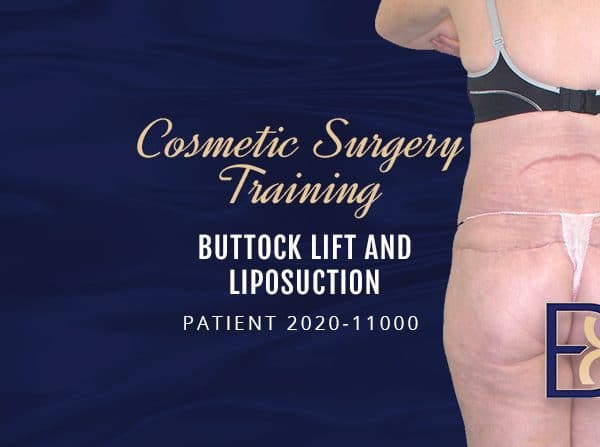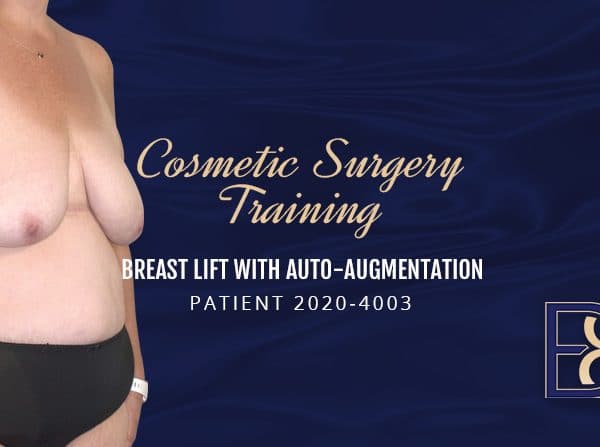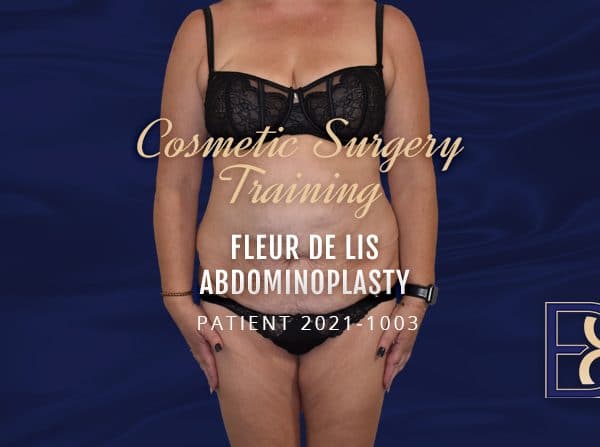Abdominoplasty with Ultrasound-Assisted Liposuction (VASER) Surgery Guide
Excess abdominal skin and fat can remain after pregnancy or significant weight loss. For some people, diet and exercise are not enough to restore a firmer abdominal wall. Abdominoplasty (tummy tuck) is designed to remove loose skin and repair muscle separation. When combined with ultrasound-assisted liposuction (VASER), fat deposits can also be addressed during the same operation.
What is an Abdominoplasty with Ultrasound-Assisted Liposuction (VASER)?
This combined operation merges a standard abdominoplasty with ultrasound-assisted liposuction. A traditional abdominoplasty removes redundant abdominal skin and may repair separated abdominal muscles. Ultrasound-assisted liposuction adds fat reduction by using ultrasound energy to liquefy fat, which is then removed with suction.
This approach can target:
- Loose abdominal skin
- Abdominal muscle separation (rectus diastasis)
- Localised fat deposits in the abdominal region
How Ultrasound-Assisted Liposuction Works
VASER stands for Vibration Amplification of Sound Energy at Resonance. It delivers ultrasound waves through a thin probe placed under the skin. The energy emulsifies (liquefies) fat cells, which are then removed using suction.
Compared with older forms of liposuction, ultrasound-assisted liposuction may allow fat to be removed with less disruption to surrounding tissues. It can also be performed as a standalone fat reduction procedure in patients who do not require skin removal.
How Does Abdominoplasty with Ultrasound-Assisted Liposuction (VASER) Differ from Traditional Abdominoplasty?
A traditional abdominoplasty involves:
- Removal of loose abdominal skin (and fat attached to that skin)
- Repair of abdominal muscle separation
An abdominoplasty with ultrasound-assisted liposuction (VASER) includes these steps, but adds targeted fat removal with ultrasound energy. This allows for treatment of both excess skin and fat in a single operation.
Summary:
- Traditional abdominoplasty: Skin removal + muscle repair
- Abdominoplasty with ultrasound-assisted liposuction (VASER): Skin removal + muscle repair + ultrasound-assisted fat reduction
Benefits of Combining Ultrasound-Assisted Liposuction with Abdominoplasty
For patients who have both skin excess and fat deposits, this combined procedure may be considered. Reported benefits include:
- Removal of fat deposits in addition to skin excision
- One surgery and recovery period instead of two separate operations
- Potential for improved abdominal definition
- Possible reduced tissue trauma compared with older liposuction methods
It is important to note that while ultrasound-assisted liposuction may provide some skin retraction, it does not replace the skin tightening achieved with abdominoplasty.
Who is a Candidate?
This procedure may be suitable for patients who have:
- Loose abdominal skin after pregnancy or weight loss
- Abdominal muscle separation
- Modest fat deposits around the abdomen or waist
Additional criteria:
- Reached or are close to a healthy goal weight
- Maintained stable weight for at least six months
- In good overall physical and mental health
- Understand that abdominoplasty involves a scar across the lower abdomen
- Able to allow adequate time for recovery (usually several weeks)
- Over 18 years of age
- Non-smokers, or have ceased smoking at least four weeks beforehand
Why Excess Skin and Fat May Be a Concern
After significant weight changes or pregnancy, some people experience:
- Overhanging abdominal skin
- Residual fat deposits
- Skin irritation or sweating between folds
- Clothing fit difficulties
These issues may persist despite maintaining a healthy lifestyle.
What Happens During the Surgery?
The procedure is performed under general anaesthesia and generally takes around four hours.
Steps may include:
- Injection of fluid into the tissues to prepare fat for removal
- Use of an ultrasound probe to emulsify fat
- Removal of liquefied fat via suction
- Placement of a horizontal incision along the lower abdomen
- Excision of excess skin
- Repair of abdominal muscles if required
- Repositioning of the umbilicus (belly button/umbilicus) if necessary
- Closure of incisions in layers
- Application of dressings and compression garments
Recovery
- Some patients may go home the same day, while others stay overnight in hospital
- Surgical drains may or may not be required depending on the technique used
- Driving is usually possible after 2–3 weeks
- Return to work is expected within 2–4 weeks, depending on the role
- Physical exertion should be avoided for at least four weeks
- Bruising, swelling, and discomfort are common initially
- Compression garments are generally worn for several weeks
- Final results may take 6–12 months as swelling subsides and scars mature
Risks and Complications
All surgery carries risks. Possible complications include:
- Infection
- Bleeding or haematoma (blood collection)
- Seroma (fluid accumulation)
- Altered sensation or nerve injury
- Wound healing problems
- Scarring (widened, hypertrophic, or keloid)
- Blood clots (deep vein thrombosis or pulmonary embolism)
- Irregular skin surface or contour changes
- Anaesthetic risks
- The possibility of revision surgery
Your surgeon will provide detailed information and written material outlining risks prior to surgery.
Frequently Asked Questions
Does ultrasound-assisted liposuction tighten skin?
It may provide some degree of skin retraction, but it does not replace the tightening achieved by abdominoplasty.
Will there be a scar?
Yes. All abdominoplasties leave a scar across the lower abdomen. Surgeons typically aim to place it low enough to be concealed by underwear. Scars take time to mature and may remain visible.
How much does an abdominoplasty with ultrasound-assisted liposuction (VASER) cost in Australia?
The cost varies depending on hospital fees, surgeon expertise, and location. In Australia, costs usually range from $9,000 to $33,000 AUD, with a median of around $21,000 AUD. If Medicare criteria are met, rebates may apply, and private health insurance may further reduce out-of-pocket costs.
Is it covered by insurance?
In most cases, patients pay out of pocket as abdominoplasty is considered cosmetic. However, if Medicare item numbers apply, some hospital and anaesthetic fees may be partly covered depending on insurance policy.


